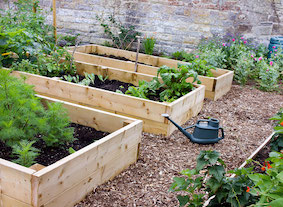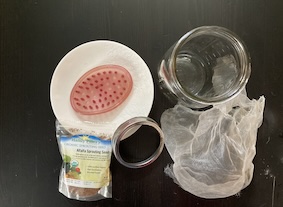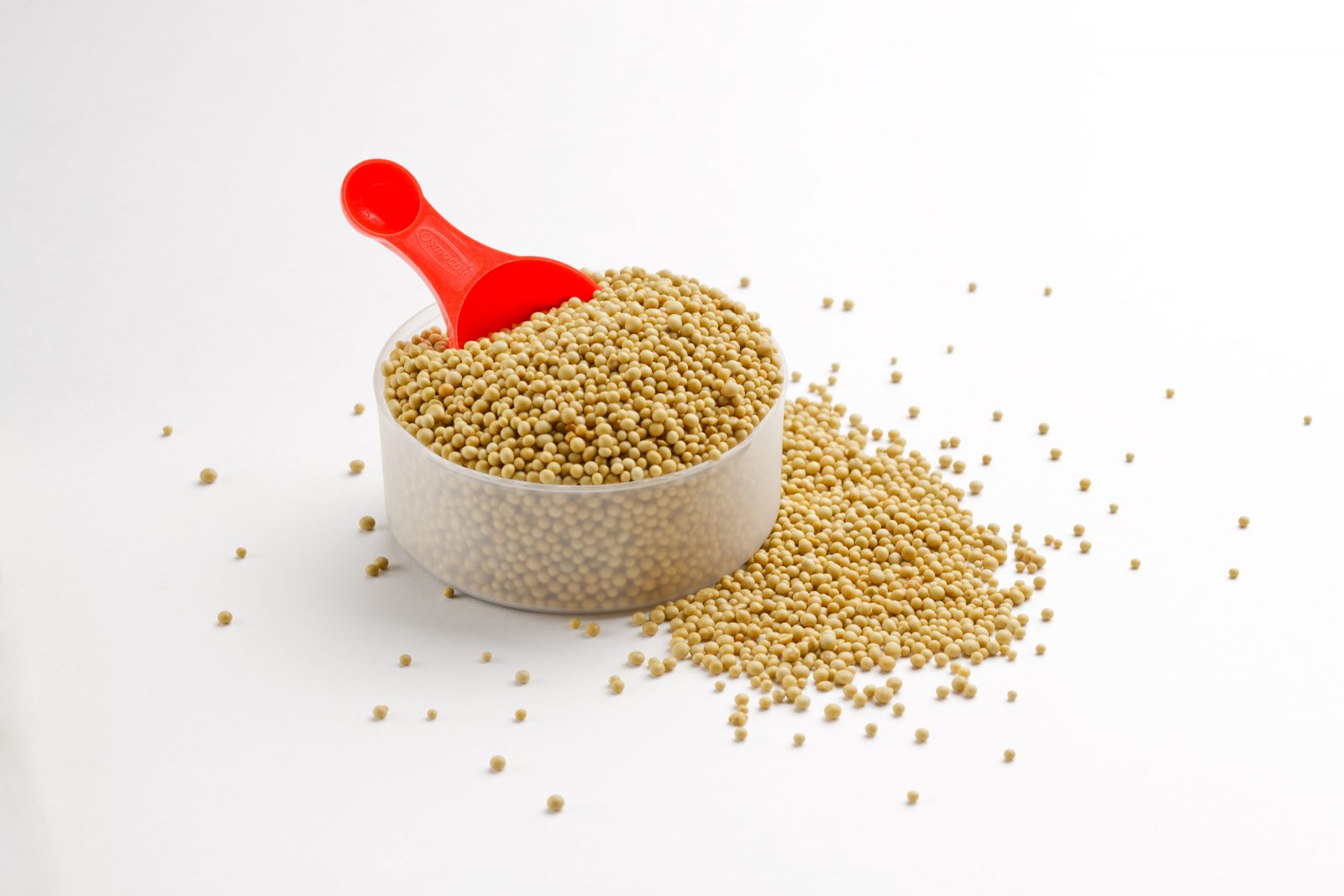Raised Bed Victory Garden Considerations
Views: 1942

The National Garden Bureau’s four-part Victory Garden 2.0 series of blog posts has been my inspiration for my recent Just Veggies posting lately. In my last three Just Veggies posts I wrote about planning a modern Victory Garden, planting your Victory Garden and what to consider if all you have room for is a Victory Garden in containers. This week’s topic is slightly similar but wholly different—tips for building a Raised Garden Bed for your Victory Garden.
As in previous blog posts, I’ll share NGB’s tips along with my own two cents on the matter.
What Size Raised Bed?
One of the first trip-ups that raised bed gardeners make is by making the box too big. It really should be no more than 3 to 4 ft. wide so you are able to easily reach across the bed to the other side. As for length, 6 ft. long is a nice size. But for me it depends on what length boards you can buy. If only 8 ft. long boards are available, I’d make an 8 ft. long bed. Do keep in mind that if beds are longer than let’s say 6 ft., they’ll need some support to keep the soil they contain from pushing outward and bowing the boards.
What Tools?
A hammer, nails and a saw are all you will need to assemble smaller boxes. A power drill and wood screws are useful for larger boxes and thicker boards. And channel Norm Abrams of This Old House and get a good measuring tape and a pencil. “Measure twice, cut once,” is what I think he says.
What Materials?
You’ll need boards for your raised beds! The standard thickness of the board is about 2 inches. But how wide? Well, that depends on how deep you want your box to be. The bigger the plant, the deeper your box. Tomatoes and squash—plants that grow quickly and do best with a robust root system—should be in boxes that are about 12 inches deep. If you’re growing only herbs or lettuces, a 6-inch wide board should be deep enough. You will also need wood corner supports that do double duty of acting like stakes. These “stakes” should be 2 in. x 2 in. and 16 in. long. When secured in the corner of the 12-in. deep box, 4 inches of the stake should extend beyond the board.
And don’t forget the soil! If you’re building one or two beds, you can find bagged soil meant specifically at garden centers and home improvement stores. If you’re building multiple beds, you might consider asking a landscape supply company what type of bulks soils they can crop off in your yard.
Build and Customize Your Raised Bed
At this point it’s simply building a box with the boards standing in a rectangular shape and securing the structure together with the stake posts at the four corners using the nails or screws. If your rectangle is longer than 6 ft., I’d add at least one additional stake to each long side.
As for customizing, I’d put this raised bed over ground that is covered with landscape fabric. That would help keep weeds and even some insects from making their way up and into the garden. Or, maybe you take an extra length of board, cut it to the length of the short end, and secure it on an end as a seat. Or, maybe make the box a bit deeper still for tuberous crops such as potatoes and sweet potatoes. Or make it from other materials completely. So many options! It’s your bed—make it as you wish!
Meet Ellen Wells
When you’re raised on a farm, you can’t help but know a thing or two about gardening. Ellen Wells is our expert on edible gardening.…







